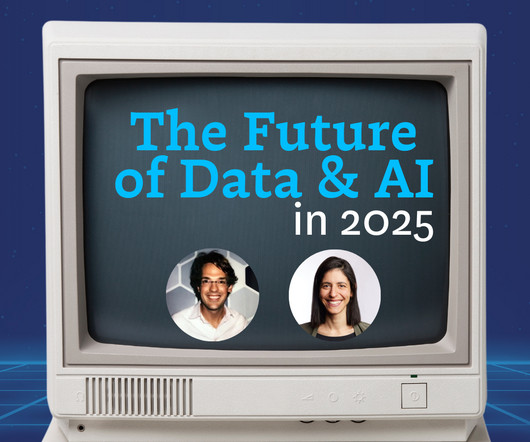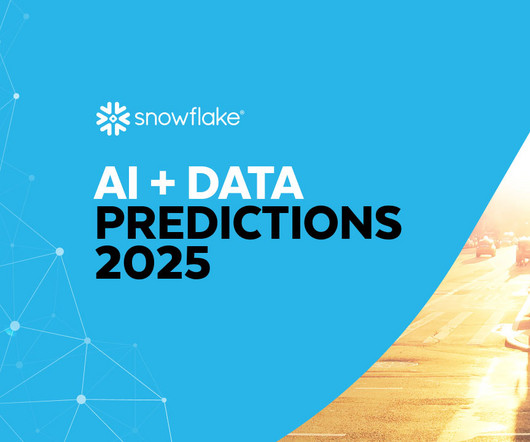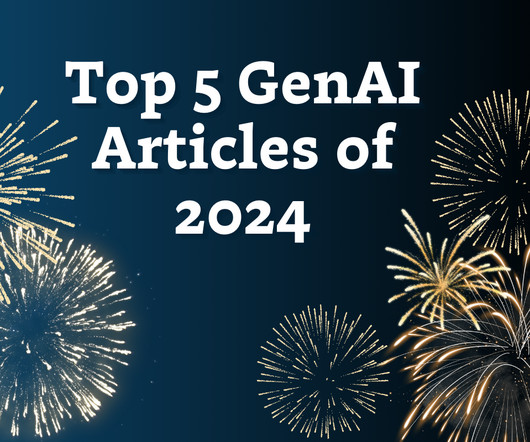Agents of Change: Navigating 2025 with AI and Data Innovation
Data Engineering Weekly
DECEMBER 28, 2024
In this post, we delve into predictions for 2025, focusing on the transformative role of AI agents, workforce dynamics, and data platforms. The Rise of AI Agents "Agents all the way," as Rajesh aptly puts it, will likely be the anthem for 2025. The challenge lies in harnessing this data to drive new insights and efficiencies.









































Let's personalize your content